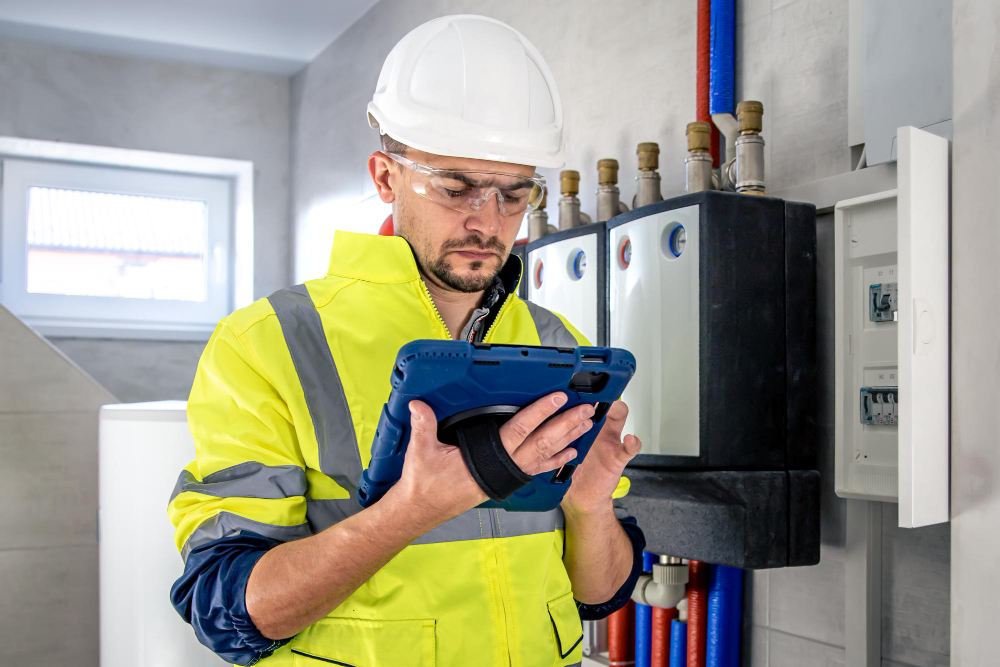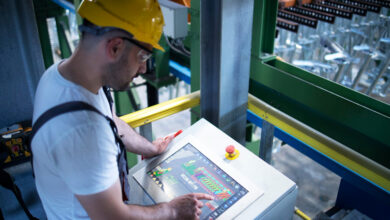Why Furnace Installation Technology Is the Hidden Driver Behind Smarter, Greener Homes

When people talk about making homes smarter or greener, they often focus on solar panels, LED lighting, or insulation. But one major factor tends to fly under the radar — furnace installation technology. It’s not flashy, yet it plays a crucial role in how efficiently a home heats, how much energy it saves, and how eco-friendly it becomes.
Today’s furnaces aren’t just big metal boxes that push warm air. They’re intelligent, connected systems that learn from your habits, communicate with your thermostat, and optimize every ounce of energy. This shift isn’t just changing home comfort — it’s redefining what it means to live sustainably in the modern age.
Let’s break down how advances in furnace installation technology are quietly powering the smart home revolution.
The Common Challenges in Traditional Furnace Systems
Inefficient Heating and Uneven Temperatures
Older furnaces often struggle to distribute heat evenly. Rooms far from vents stay chilly, while others overheat. This happens because traditional systems rely on fixed airflow paths and outdated installation techniques.
Without proper calibration or modern sensors, these units waste energy trying to balance temperature across the home.
High Energy Bills and Poor Efficiency
Conventional furnace installations lack precision in sizing and setup. A unit that’s too large cycles on and off too often, while one that’s too small runs constantly. Both waste power and increase wear and tear.
The result? Higher monthly bills and unnecessary energy waste — a far cry from today’s sustainability goals.
Frequent Breakdowns Due to Outdated Installations
Incorrect ductwork, poor airflow design, or misaligned gas connections are common in older homes. Over time, these issues cause system strain, breakdowns, and even safety hazards like carbon monoxide leaks.
The problem isn’t always the furnace itself — it’s the outdated installation technology behind it.
How Modern Furnace Installation Technology Solves Old Problems
Smart Diagnostics for Perfect Setup
Today’s furnace installation tools include digital diagnostics and precision sensors that help technicians configure systems with pinpoint accuracy. These tools measure airflow, temperature, and gas pressure in real time, ensuring the furnace runs at peak efficiency from day one.
This eliminates guesswork and guarantees consistent heat throughout the home.
Balanced Airflow and Energy Optimization
Modern systems use variable-speed blowers and zoned heating technology to adjust airflow dynamically. Instead of running at full blast all the time, they ramp up or down based on the home’s specific needs.
Paired with smart thermostats like Google Nest or Ecobee, these furnaces learn your patterns — pre-heating rooms before you wake up and reducing output when you’re away.
Automated System Monitoring
Advanced installation setups include built-in monitoring systems that alert homeowners or service providers to issues before they become costly. Whether it’s a clogged filter or a sensor malfunction, predictive maintenance algorithms catch the problem early — saving both energy and repair costs.
Integrating Smart Technology into Heating Systems
The Rise of Smart Thermostats and Connected Controls
Modern HVAC ecosystems now allow your furnace, thermostat, and even mobile apps to communicate seamlessly. Homeowners can monitor heating patterns, adjust temperature remotely, and receive performance insights — all powered by IoT connectivity.
This integration means your heating system isn’t just reactive; it’s proactive, learning when to conserve energy and when to deliver comfort.
Using Sensors for Real-Time Efficiency Tracking
Smart sensors embedded during installation track humidity, air quality, and temperature fluctuations. These readings help optimize furnace output, maintaining ideal indoor comfort without wasting fuel.
It’s not just automation — it’s intelligent environmental control that adapts to your lifestyle.
Remote Maintenance and Predictive Alerts
Through connected technology, service technicians can now diagnose system issues remotely. The furnace sends alerts for low performance or part degradation before a full breakdown occurs. This innovation makes heating systems more reliable and less disruptive to homeowners.
The Cost-Efficiency of Upgrading Furnace Systems
Lower Energy Bills Through Smart Efficiency
Energy-efficient furnaces, especially those with AFUE ratings above 95%, convert nearly all fuel into usable heat. Combined with digital thermostatic control, they drastically reduce wasted energy.
Upgrading to a modern system can lower heating bills by 20–30%, depending on usage and climate.
Reduced Carbon Footprint
Modern furnace installation technology supports eco-friendly initiatives by minimizing emissions and improving fuel efficiency. Electric and hybrid models cut down dependency on fossil fuels while maintaining high performance.
When paired with renewable energy sources like solar or geothermal systems, furnaces can achieve near-zero operational carbon impact.
Long-Term Savings and Incentives
Many states and municipalities offer tax credits or rebates for upgrading to energy-efficient systems. While installation costs may be higher upfront, the return in energy savings, reliability, and resale value makes it a smart long-term investment.
Choosing the Right Furnace Installation Partner
The Importance of Proper Sizing
A professional installer uses load calculation software to determine the exact furnace capacity your home needs. Oversized or undersized systems waste energy and wear out quickly.
Proper sizing ensures optimal airflow, comfort, and longevity — essential for both performance and energy conservation.
Certifications and Quality Assurance
Certified HVAC technicians follow industry standards like ASHRAE and ENERGY STAR guidelines. This ensures your system meets safety codes, efficiency targets, and environmental benchmarks.
Post-Installation Support and Maintenance
A good installer doesn’t walk away after setup. They provide ongoing maintenance, tune-ups, and performance reviews. Continuous care keeps your furnace running efficiently for years while safeguarding your investment.
The Future of Furnace Installation Technology
AI-Driven Heating Optimization
Artificial intelligence is reshaping HVAC systems. Machine learning algorithms can analyze historical heating data to predict future needs, fine-tuning performance automatically.
AI-integrated furnaces will soon make real-time decisions to balance comfort, energy usage, and cost efficiency.
Integration with Renewable Energy Systems
Modern furnace systems are increasingly compatible with solar panels, heat pumps, and battery storage units. This hybrid model creates an adaptive, sustainable heating network that maximizes renewable energy use while reducing grid dependency.
Voice-Controlled Climate Management
Homeowners can now adjust furnace settings using voice assistants like Amazon Alexa or Google Home. This hands-free control merges convenience with energy consciousness, putting sustainability literally at your command.
Conclusion: The Smart Future Hidden in Your Furnace
The modern furnace is no longer just a heater — it’s a central hub of home intelligence. Through innovations in installation technology, it communicates, learns, and adapts. It keeps you warm, saves energy, and protects the environment — all without demanding attention.
As smart homes evolve, furnace systems will remain the backbone of sustainable comfort. By embracing modern furnace installation technology, homeowners can enjoy the perfect blend of efficiency, convenience, and eco-responsibility — making their homes truly smarter and greener, one degree at a time.



